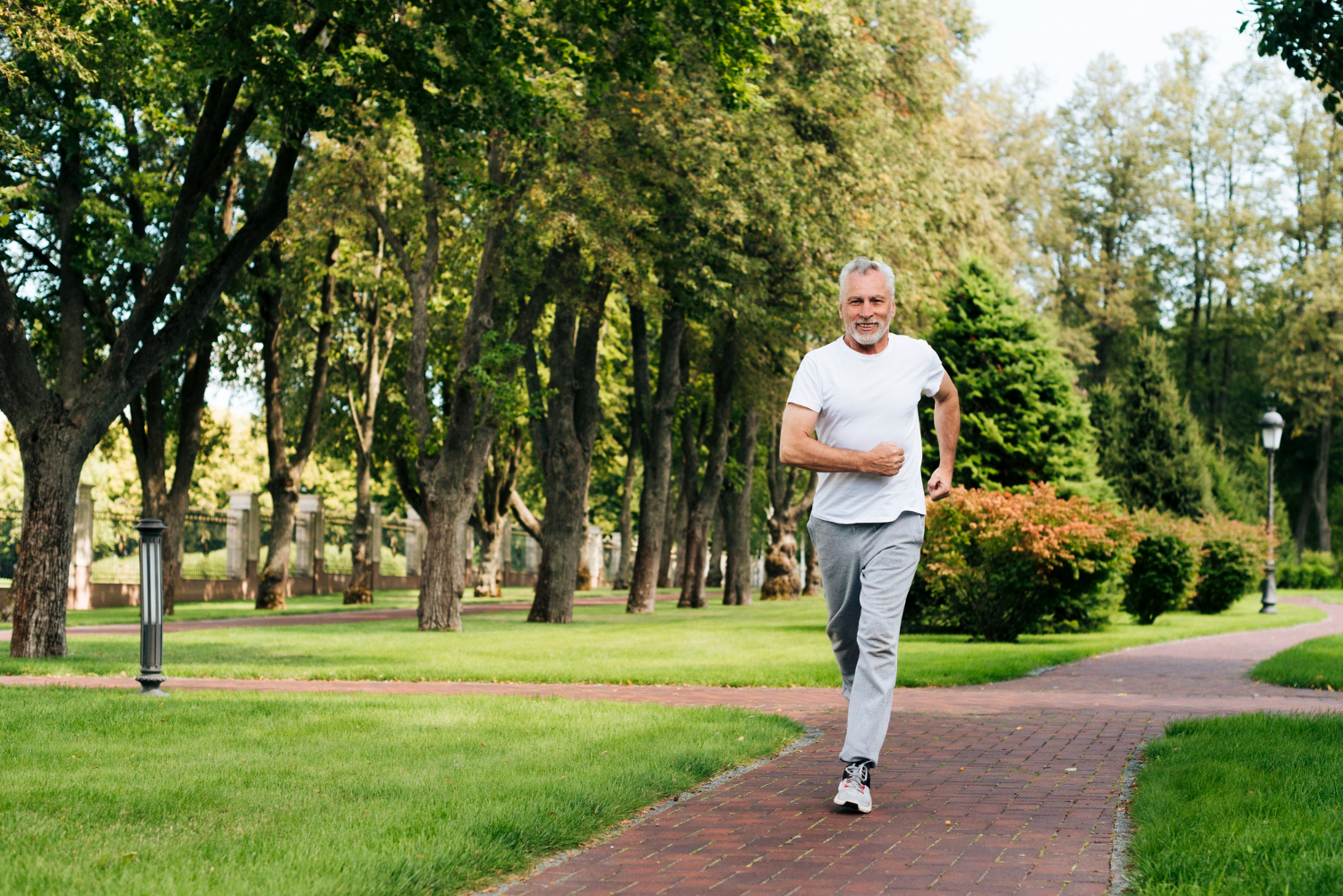Living with spinal stenosis can mean you’re all too familiar with back pain and discomfort. You might be seeking ways to stay active without worsening your symptoms, which is a delicate balance.
However, not all exercises are created equal when managing this condition. Some activities could do more harm than good.
By steering clear of certain activities mentioned in this article, you’ll set yourself on a path toward reduced pain and improved mobility. Keep reading for key insights into protecting your spine while staying fit!
Understanding Spinal Stenosis
Spinal stenosis narrows the spaces within your spine, which can cause pressure on the nerves that travel through the spine. This condition often affects people in their lower back (lumbar stenosis) or neck (cervical stenosis).
You might feel pain, tingling, numbness, and muscle weakness. Problems can be mild or severe, sometimes leading to significant physical limitations.
Your daily activities play a big role in managing spinal stenosis. It’s crucial to avoid certain exercises that might worsen your symptoms. High-impact activities like running and jumping deliver shocks to your spine that can increase nerve compression.
Activities to Avoid With Spinal Stenosis
If you’re living with spinal stenosis, it’s crucial to know that certain activities can exacerbate your condition and increase discomfort. Steering clear of these exercises helps manage symptoms and prevents further damage to your spine, allowing for a more comfortable daily routine.
Excessive Back Extension
Bending backward too far can be a risky move for your spine, especially if you have spinal stenosis. These excessive back extensions put unnecessary pressure on your nerves and can increase pain and discomfort.
Instead of pushing your body into these extreme positions, maintain a neutral spine position. This helps protect the delicate structures in your back by avoiding the strain that worsens nerve compression.
Think carefully before engaging in activities or exercises that demand arching your lower back excessively, such as gymnastics or certain yoga poses like the camel or wheel. Choosing alternatives supporting spinal health without pushing it past safe limits is better.
Long Walks or Running
If you have spinal stenosis, you should skip the long walks and running. These activities can stress your spine due to their high-impact nature. Every step sends a shock through your lower back, which can aggravate spinal nerves and worsen symptoms.
Instead of hitting the pavement for a run or embarking on lengthy treks, consider low-impact exercises that maintain your cardio fitness without putting extra pressure on your back.
Moving along, some stretches and yoga poses may seem beneficial for flexibility but could be harmful if you live with spinal stenosis. Let’s dive into which movements are best left out of your routine to protect your spinal health.
Certain Stretches and Poses
Moving from the high-impact strain of long walks and running, you must also rethink your stretching routine. Yoga might seem like a safe harbor for those with back issues, but some movements can do more harm than good if you have spinal stenosis.
Poses requiring you to bend deeply forward or arm your back exaggeratedly should be avoided. Such extreme positions can increase nerve pressure in an already compromised spine.
Stretches involving hyperextension are hazardous for individuals with cervical stenosis. To maintain spinal health without aggravating symptoms, focus on gentle flexibility exercises that strengthen muscles without pushing your range of motion too far.
It’s vital to consult a PT expert before engaging in any new exercise regimen to ensure each stretch is safe for your condition.
Loading a Rounded-back
Lifting weights with a rounded back puts dangerous pressure on your spine. If you have spinal stenosis, this can pinch the nerves even more and cause greater pain or damage. Your spine is meant to stay in a neutral position, especially when under stress from heavy objects.
Whether it’s picking up grocery bags or doing deadlifts at the gym, always keep your back straight and bend your knees instead.
Exercises requiring you to round your back, like certain squats or reaching for toes while standing, are risky for those with lumbar stenosis. Engaging in these activities can worsen symptoms and increase nerve compression.
Focus on maintaining good posture through all activities and opt for exercises approved by PT experts that strengthen your spinal health without straining it.
Too Much Bed Rest
Lying in bed for extended periods is a good idea when dealing with the discomfort of spinal stenosis, but too much rest can do more harm than good. Your muscles and joints need movement to stay healthy; without it, they can weaken or become stiff.
This weakening can lead to decreased support for your spine, potentially worsening symptoms over time.
Keep your body gently active—even if that means short walks or light stretching approved by PT experts. These activities promote blood flow and help maintain muscle strength without putting too much strain on your back.
Remember to listen to your body and consult healthcare professionals before starting any new exercise regimen; this will ensure you choose movements that support spinal health rather than put it at risk.
Living with Spinal Stenosis: Tips for Recovery
Living with spinal stenosis requires a thoughtful approach to physical activity and self-care. Here are ways to manage your condition and encourage recovery:
Incorporate Low-impact Exercises
Focus on activities like swimming, walking in water, or stationary biking. These are gentler on the spine and can help maintain fitness without exacerbating symptoms.
Strengthen Core Muscles
Build up your abdominal and back muscles with specific exercises recommended by PT experts. A stronger core supports your spine, reducing pressure on nerves.
Adopt Proper Posture
Maintain a neutral spine position throughout the day. Use ergonomic chairs and supportive cushions when sitting for long periods.
Limit High-impact Activities
Steer clear of running, jumping, and contact sports that could worsen stenosis pain.
Modify Daily Tasks
Break up activities that require prolonged standing or sitting. Take regular breaks to stretch or change positions. Understanding which spinal stenosis exercises to avoid is crucial when managing spinal stenosis.
Protecting your spine from high-impact activities and harmful stretches can significantly affect your comfort levels.
Consult with healthcare professionals to tailor a safe exercise plan that supports rather than strains your back. Embrace low-impact workouts and gentle movements that keep you active without aggravating your spinal condition.
Prioritize spinal health each day through informed choices about your physical activity.



